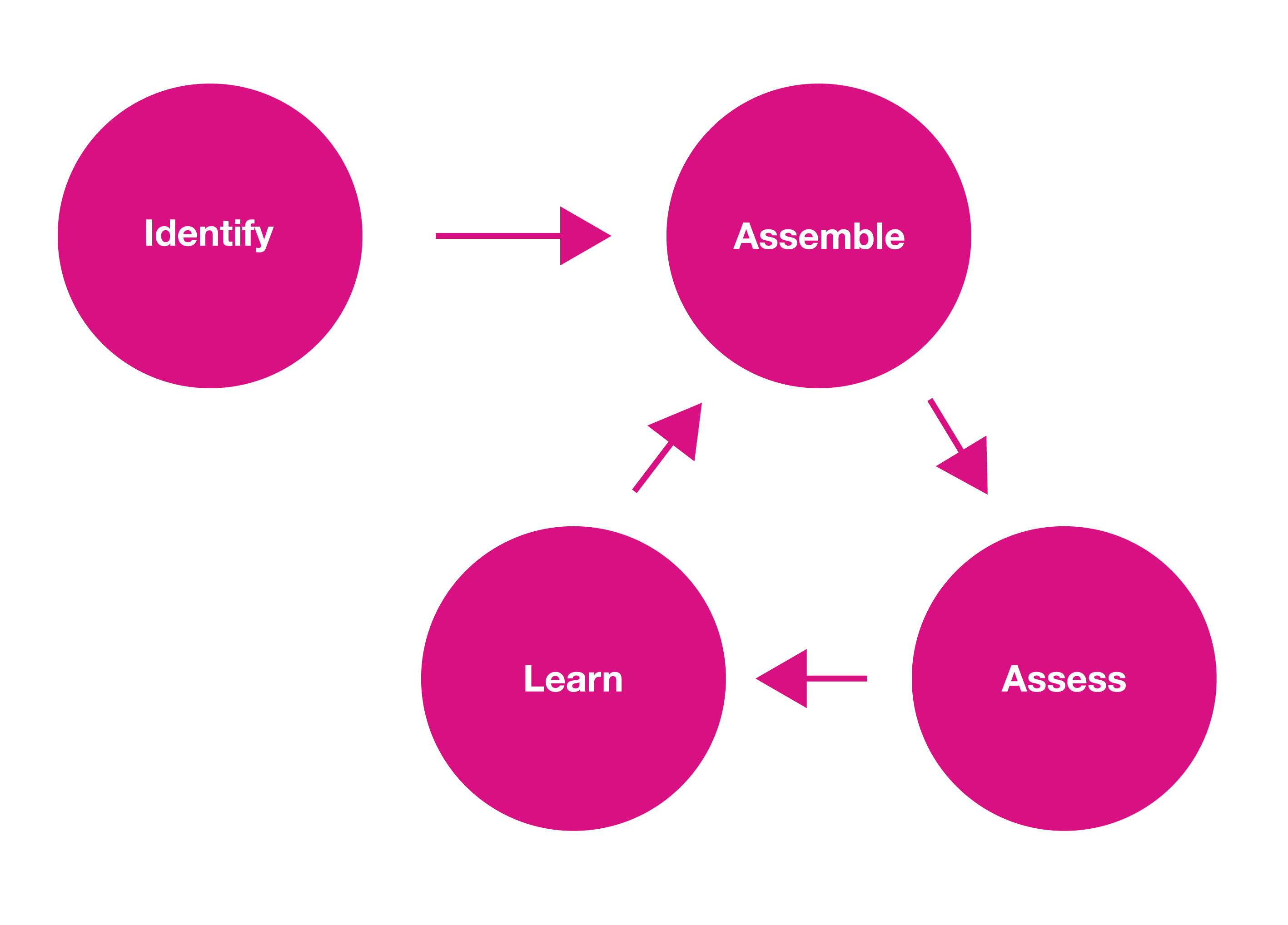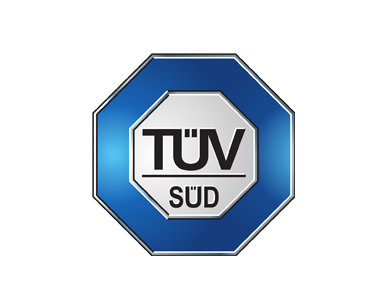It is hardly news that in the world of business, failures are more common than successes. And yet, strangely, we don’t design organisations to manage, mitigate, and learn from failures.
Wendy’s, Frolick, MOF, Robinsons: these are all examples of (potentially) failed retail strategies. These companies might have had a chance had those strategies been created using Design Thinking.
An effective strategy consists of carefully constructed objectives whose successes or failures can be assessed via Key Performance Indicators (KPIs) and are supported by available resources and structures. It starts with a mission statement, covers the whole organisation, and extends into the future. It helps make sure you are taking the right risks.
Whether you are working on a business or personal strategy, this often is a formidable task. Status quo bias (we prefer things as they are) and loss aversion (we hate mistakes) often limit our creativity, readiness to explore appropriate risks, and effectiveness.
This is where Design Thinking comes in.
Design Thinking is a type of creative problem-solving process that encompasses big picture solutions, learning from failure, iterative learning and building processes. Organisations and individuals alike can use Design Thinking to build better strategies and tactics, therefore increasing their chances for success.
In this article we will go through a four-step process you can use to apply Design Thinking into your strategic plans.

Step 1 : Identify
If our strategy is to intentionally increase our chances of success, the first step is to first identify our intent: What are we trying to achieve?
A useful tool for identifying our intent is the SWOT Matrix. It puts together factors — both internal and external — that assist or hamper our chances of success.
The graph below shows some examples of how you would fill up the SWOT Matrix.

In simple terms a SWOT analysis is a matrix that lists out the Strengths, Weaknesses, Opportunities and Threats that you or your organisation may face.

Step 2 : Assemble
In this step, we gather the team and brainstorm a rough strategic plan. This plan includes goals and tactics that will help increase your chances of success. To fully maximise the team’s creativity and reduce the risk of groupthink, the team should be as diverse as possible with no hierarchy. The goal is to create as many ideas as possible, regardless of feasibility.
After we have gathered all these ideas, we can narrow them down and assemble a set of feasible, strategic goals.
These goals should be S.M.A.R.T.
S – Specific : Precise and unambiguous
M – Measurable : Quantifiable progress (with KIPs)
A – Assignable : Specify who will do it
R – Realistic : Can, in fact, be done (with the current resources available)
T – Time-bound : Include deadlines

Step 3 : Assess
In this step, we assess how effectively we are achieving our goals by looking at the KPIs of each goal versus the resources we have invested in achieving them.

Step 4 : Learn
After experimenting with the strategy for a sensible amount of time (at least weeks but not years), we look at which strategy yielded the best results. After which we look at which goals can be improved upon, adjusted or even dropped.
When assessing these strategies and goals, it is important to adopt a non-judgemental mindset and learn from them, whether they were successful or not.
Obviously, not all failures are beneficial, and there are even some that should be avoided. But if you accept, plan for and manage your failures, there is much to be learnt from them. After all, we learn the best and most from our failures.

After reflection on the learning points, we will return to step one. We will adjust the strategic goals and tactics based on the insights learned. Followed by assessing, learning and back again to building and so on and so forth.
This repetitive process makes you or your organisation responsive, agile, risk-tolerant, innovative and more likely to succeed. In this way strategic planning, combined with Design Thinking, will help you and/or your organisation achieve success and prosperity!
Firefish is an award-winning international branding consultancy and multi-disciplinary creative agency with over 20 years of branding experience. Get in touch with us now and let us assist you in building your new brand and taking your company to new heights.
Do you know Singapore SMEs can get 50% government grants on branding and marketing?
Fill up the form below to find out more!





